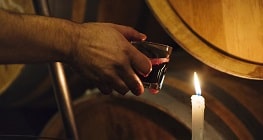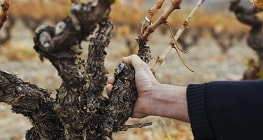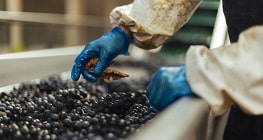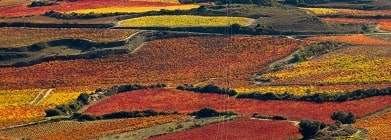The DOCa Rioja has adapted its regulations to take advantage of a business opportunity and include a new type of wine: quality white and rosé sparkling wines.
This complements the range of still wines traditionally protected by the Designation (reds, rosés and whites) with a quality product of renown, obtained employing traditional methods and limiting in sugar content (Brut, Extra Brut and Brut Nature).
This new mention will be incorporated in the bottle back labels and seals issued by the Control Board and will be specifically reflected on the label as well. All the grape varieties authorised by Rioja Regulations may be used to make Espumoso de Rioja and, in the case of sparkling rosé wines, they must use at least 25% red grapes. The vintage application must be submitted prior to the beginning of harvest, which must be by hand and grape-to-wine ratio should be limited compared to that generally permitted.
Specific minimum times are given for this new category of quality sparkling wines:
A minimum of 15 months is required for the category of Crianza, 24 months for Reserva and 36 months for Gran Añada.















